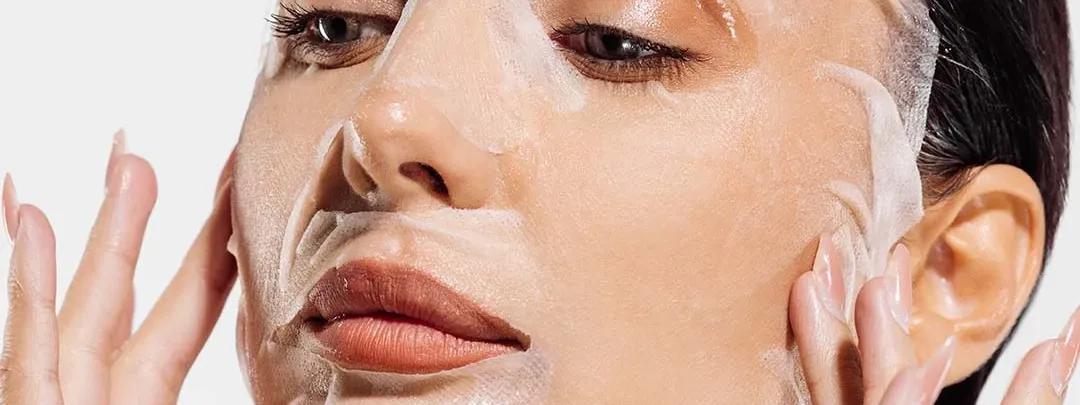Hair Porosity Checklist: Know Your Type and Care Tips


 250 gm
250 gmHair Fall Control Hair Mask
Hair porosity is a crucial yet often overlooked aspect of hair health. It determines how well your hair absorbs and retains moisture, which is a game changer for your haircare routine. Whether you have low porosity hair, high porosity hair, or somewhere in the middle with normal hair porosity, knowing your hair porosity levels helps you choose the right products and techniques. In this checklist, we'll walk you through a simple hair porosity test, share tips for boosting moisture retention in hair, and offer guidance on tailoring your routine. Let’s dig in and decode your hair’s unique needs—it might just become your new fave guide for a haircare routine for porosity that truly works for you.
Understanding your hair's porosity is all about recognising how it interacts with moisture and products. The structure of your hair cuticle plays a key role in this process, affecting everything from product absorption to overall texture. This simple knowledge is a must-have for anyone looking to tweak their routine for better results.
It also gives insights into porosity and hair health by showing how well your locks can lock in moisture and protect against environmental stressors.
- Your unique hair porosity levels impact the effectiveness of your haircare routine.
- Knowing your type helps in selecting the right products for optimal hydration and manageability.
Finding out your hair porosity is easier than you might think. Begin by observing how your hair interacts with water and textures. A few simple tests can help you determine whether you have low porosity hair, high porosity hair, or something in between.
Using a couple of quick tests, you can pin down your hair porosity type and adjust your routine accordingly.
 100 gm
100 gmDaily Hair Styling Cream for Men
One popular method is the float test. Simply place a strand of clean hair in a glass of water. If it sinks fast, you're likely dealing with high porosity. If the strand floats on top, then low porosity might be your type. If it hovers in the middle, you probably have normal hair porosity.
Another way to check is by performing the spray test. Spritz water on a section of hair; if it beads up, it suggests low porosity hair, but if it absorbs immediately, you might have high porosity.
Your hair's behaviours can vary depending on its porosity. Low porosity hair typically has tightly closed cuticles, which can make it resistant to moisture absorption. In contrast, high porosity hair has gaps that let moisture in quickly but also let it escape just as fast. Normal hair porosity sits in the middle, where the cuticle is balanced and maintains optimal hydration.
Understanding these differences means you can tackle challenges like hydrating low porosity hair or selecting the right products for high porosity hair without any guesswork.
- Water tends to bead on the surface.
- Products might sit on top of your hair instead of soaking in.
- Longer drying times are common due to the tight cuticle structure.
 200 gm
200 gmAmla Bhringraj Hair Mask for Healthy & Strong Hair
- Absorbs water quickly but also loses it fast.
- Can feel rough or frizzy and may need extra moisture sealing.
- Requires frequent hydration to maintain a healthy look and feel.
Tweaking your haircare routine to suit your porosity can really transform your hair's health. For those with low porosity hair, opt for lightweight, water-based leave-in conditioners and consider clarifying shampoos to remove buildup. If you're rocking normal hair porosity, keep a balanced regimen with moisturising conditioners and the occasional protein treatment. Meanwhile, those with high porosity hair should look for creamy, hydrating leave-in conditioners and sealing oils.
By selecting the right products and techniques, you can really boost moisture retention and overall hair wellbeing.
- Use gentle, water-based formulas.
- Apply products on damp hair to lock in moisture.
- Avoid heavy products that might weigh your hair down.
- Seal in moisture with hydrating creams and natural oils.
- Use deep conditioning masks regularly.
- Limit heat styling to protect your hair cuticle.
 20 ml
20 mlHair Styling Powder
Hair porosity refers to your hair's ability to absorb and retain moisture due to the condition of its cuticle.
Normal hair porosity is generally considered ideal because it allows for a balanced moisture absorption and retention.
Yes, factors such as heat styling, chemical treatments, and ageing can all impact your hair porosity levels.
A simple hair porosity test, like the float test or spray test, will give you a clear answer.
Look for creamy, hydrating leave-in conditioners and bonding treatments that help to seal in moisture.
Deciphering your hair porosity is the first step towards a tailored and effective haircare routine. Whether dealing with low porosity hair, high porosity hair, or normal hair porosity, this checklist offers solid guidance on identifying your hair type and caring for it properly. By integrating simple tests into your routine, you'll find it easier to choose the right products—from hydrating shock for low porosity strands to rich moisturisers for high porosity locks. Remember, understanding your hair is the key catalyst to unlocking a routine that truly cares for your unique locks. Try It All and discover what works best for you.